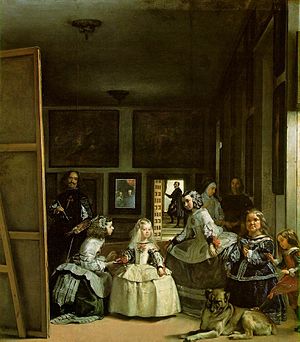When faced with a sight–or a site–of immense beauty or predetermined cultural/historic significance, what do you do?
—————
You scramble to find your camera. You frame your view, fiddle with settings perhaps—to further enhance the scene—and then you push a button. Binding the moment in time. Capturing a record—a reproduction, of sorts—of your current vantage point.
Elaine Scarry writes: “Beauty brings copies of itself into being†(in On Beauty and Being Just). How, then, do you react to visual sensory information that elicits awe, curiousity, or a sense of satisfied accomplishment? You snatch for any record-keeping capability—whether in the form of a photograph, a sketch, a postcard, or a phone call. But by cataloguing these records, are you truly reproducing what you see? To what extent is objective reproduction possible? Even in a “raw†photograph, philosopher Ludwig Wittgenstein argues that the variable of time makes true reproduction impossible; the light, after all, has altered slightly since the moment you decided to take out your camera in order to snap a photo…
And, in a larger sense, is clean, realistic reproduction truly your goal in producing these photos and sketches? Or are you attempting to give the views your own voice? Do you, ultimately, want to share your own perspective w ith the world? Filter visual stimuli through your own method of translation and expression?
ith the world? Filter visual stimuli through your own method of translation and expression?
(Compare, for example, Pablo Picasso’s version of Las Meninas with Diego Velasquez’ original painting…clearly, Pablo has sifted his predecessor’s composition through new and personalized eyes…)
—————
But back to you: did you really take that picture for yourself? Or did you shoot it in order to parade/present as evidence of your experience?
And did you compose it with a certain personalized creativity in mind? Did you dare to focus on the Seine instead of the Eiffel Tower? Did you change your settings to sepia-tone to give the image a certain nostalgic palette?
—————
Martin Parr, a British photographer with a knack for irony and social observation, embarked on a project some years ago that he titles Small World (recently re-published). In these images, Parr makes us face the absurdity of our “tourist personas,” showing us the ludicrous and often un-graceful way in which we smash ourselves in front of monuments or in the midst of scenes. (See www.martinparr.com to get a sense of his work.) Though Parr is sometimes critic ized for being too calculated or excessively exaggerated (i.e. seeking out the stereotypical rather than the genuine), his images inarguably pin-point one clear impulse: reproduce–or certainly least resemble–but always record.
ized for being too calculated or excessively exaggerated (i.e. seeking out the stereotypical rather than the genuine), his images inarguably pin-point one clear impulse: reproduce–or certainly least resemble–but always record.
Martin Parr, by taking photos of us photographing ourselves and each other, begins to re-insert the viewer as participant in the scene. Roland Barthes called the photograph a “certificate of presence†(in Camera Lucida)–a distinct record of one’s context in a particular moment of time.
Next time you grab for your camera, ask yourself what you’re capturing. For whom? Why?
(What would Martin Parr’s image of you–caught in the act of reproducing/resembling/recording–look like?)

Teri
Dec 4, 2007 -
Nice Blog 🙂